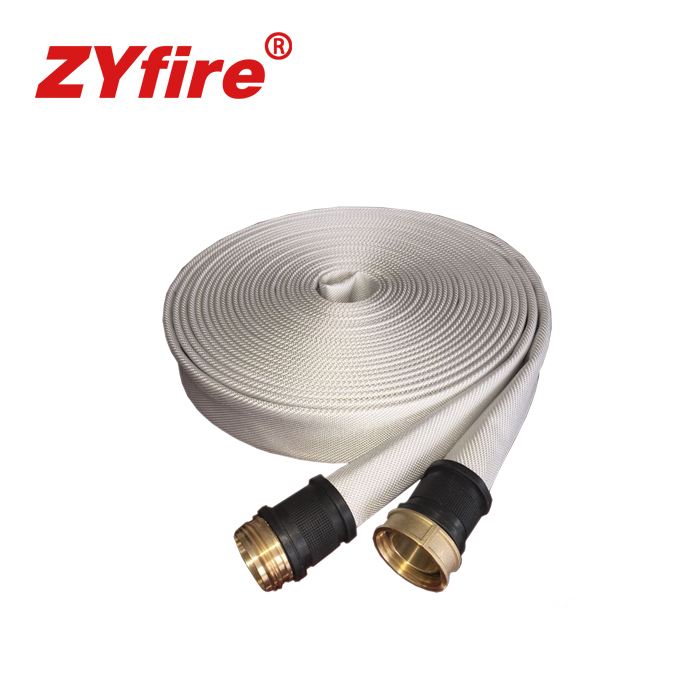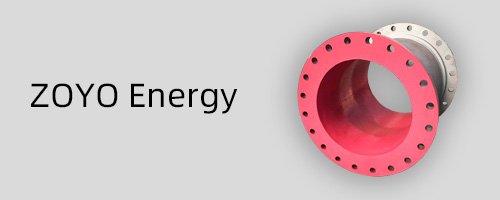
Inspection and maintenance method for indoor fire hose
2019-12-27 10:12
Indoor fire hoses are hoses used to transport flame-resistant liquids such as high-pressure water or foam. The traditional indoor fire hose is lined with rubber and the outer surface is wrapped with linen braid. Advanced indoor fire hoses are made of polymeric materials such as polyurethane. The following explains the methods of inspection and maintenance of indoor fire hoses. I hope it will be helpful to everyone.
Indoor fire hose inspection rules
1. For inspection, use the same variety, the same inner diameter, and a length of 1,000 meters as a batch. Randomly draw 100 meters from it for visual inspection. The most economical method is to take 3 samples, and the length of the samples shall meet the requirements of 3.1.1.
2. The inner diameter of each sample shall comply with the requirements of this standard; the arithmetic mean of the weight per unit length and the amount of water seepage of the three samples shall comply with the requirements of this standard; a sample shall only be subjected to a burst test in one state, and This standard stipulates.
3. If an item does not meet the requirements of this standard during the inspection, the item can be re-inspected once. When retesting, the most economical method is still to take samples twice. The results of the retests of the samples shall meet the requirements of this standard, otherwise they are unqualified.
4. When the quality of the product is disputed between the supplier and the buyer, all costs of arbitration and inspection shall be borne by the responsible party.

Use and maintenance of indoor fire hose
First, the hose is connected. When the indoor fire hose is put on the hose connector, it must be covered with a soft protective layer, and then tied with galvanized iron wire or hose clamp.
Second, the use of water. When using indoor fire hoses, connect high-pressure resistant hoses closer to the pump, and prevent the hoses from being twisted or suddenly bent after being filled with water. At the same time, prevent the hose connections from being damaged.
Third, hose laying. When laying the hose, avoid sharp objects and various oils. When laying the hose vertically, use the hose hook. When laying the hose through the main traffic lane, put a hose protection bridge and pass the railway. At this time, the water hose should pass under the track to prevent the water hose from being crushed by the wheels to interrupt the water supply.
Fourth, prevent icing. In the severe winter season, when the water supply needs to be suspended on the fire site, in order to prevent the water band from freezing, the water pump needs to run slowly to maintain a small water output.
Fifth, water hose cleaning. After the water hose is used, it must be cleaned. The water hose that transports foam must be carefully washed to protect the rubber layer. In order to remove the grease from the water hose, it can be washed with warm water or soap. For frozen water hose, it should be melted first, then washed and dried, and the water hose should not be rolled up and stored.
The above is the introduction of the inspection rules and maintenance methods of indoor fire hoses. I hope everyone will understand the inspection rules and maintenance methods of indoor fire hoses, which will be helpful to everyone.
Get the latest price? We'll respond as soon as possible(within 12 hours)

















